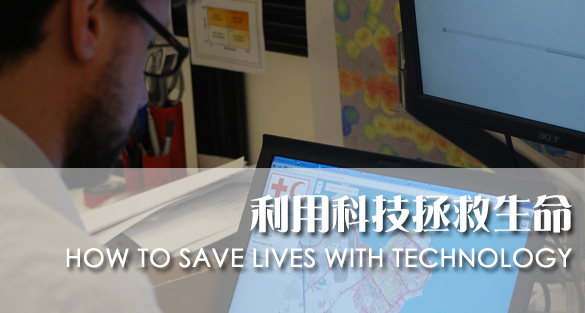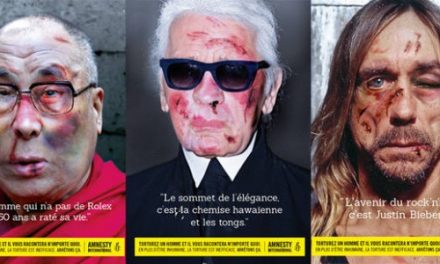Typhoon Haiyan, the tropical cyclone that tore through the Philippines in November 2013, claiming the lives of a suspected 2,500 people and displacing close to 700,000.
From a room in Moorgate, London, a team of three is working alongside a handful of volunteers to map the destruction caused by Typhoon. With the help of open source data and a number of collaborative online tools, a small team is collaborating with international Red Cross teams and a staggering 746 digital volunteers that have, from their homes or cafes across the globe, made 1,751,278 changes to the OpenStreetMap (OSM) project.
“There’s so much more that can be done in terms of bridging between organisations and sharing data”
Andrew Braye, British Red Cross.
The Red Cross is putting into practice what it learnt in the aftermath of the 2010 Haiti earthquake. A lot of big things are coming out now because of collaborations. As tools and collaborations improved, people were like ‘why is this not being done?’ Now, a couple of volunteers can get together and make it happen.
An OSM can be edited by anyone, and is a free, editable service, much like Wikipedia. Recent satellite imagery is underlaid on the OSM for amateur mapmakers to edit, using software from US company Mapbox, wherever they see buildings destroyed or roads blocked. These allow humanitarian aid to get to where the needs located more effectively.
This is just a start, and there is still so much more that could be done. Frustrating shortcomings seem unavoidable, but the desire is definitely there. So wait and see.
Source: Weird.co.uk | Image











